Discover the untamed wilderness of Ontario’s national parks, where ancient forests meet crystalline lakes and iconic Canadian wildlife roams freely under star-studded skies. From the rugged shores of Bruce Peninsula National Park to the serene islands of Georgian Bay Islands National Park, Ontario’s six national parks offer unparalleled opportunities to connect with nature through guided night hikes, wildlife watching, and specialized conservation programs.
Step into a world where wolves howl in the distance at Point Pelee National Park, the southernmost tip of mainland Canada, or witness the mysterious dance of the Northern Lights at Pukaskwa National Park along Lake Superior’s wild coast. These protected spaces not only serve as sanctuaries for countless species but also offer visitors unique opportunities to participate in nighttime conservation efforts, from bat monitoring programs to owl prowls.
Whether you’re a seasoned naturalist or a curious first-time visitor, Ontario’s national parks provide carefully curated experiences that blend adventure with education, ensuring every nocturnal expedition contributes to vital wildlife conservation efforts while creating unforgettable memories under the cover of darkness.
Ontario’s Nocturnal Wildlife Wonderland
Meet Your Nighttime Neighbors
As the sun sets over Ontario’s national parks, a fascinating cast of nocturnal residents of Ontario’s parks emerges from their daytime hideaways. Keep your eyes peeled for the distinctive yellow eyes of barred owls, often heard asking their famous “who cooks for you?” call through the darkness. You might spot raccoons waddling along the trails, their masked faces illuminated by your flashlight as they forage for late-night snacks.
The elusive flying squirrels are particularly active after dusk, gliding gracefully between trees with their specialized membrane stretched between their legs. Listen carefully for the soft rustling of porcupines in the underbrush, and watch for bats swooping overhead as they hunt for insects.
One of the most thrilling encounters might be with the Eastern wolf, though they’re typically shy and avoid human contact. Bring a red-light flashlight to minimize disturbance to these amazing creatures, and remember to maintain a respectful distance. These nighttime neighbors remind us that our parks are vibrant 24-hour ecosystems worth protecting.
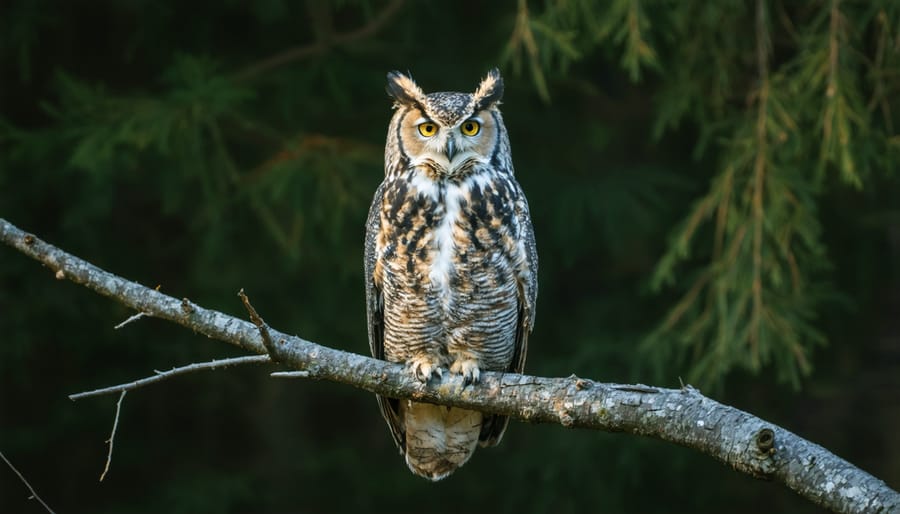
Why These Animals Need the Dark
Many of Ontario’s national park residents truly come alive when the sun sets. Nocturnal animals like owls, bats, and flying squirrels have evolved remarkable adaptations that help them thrive in darkness. Their large eyes, sensitive hearing, and specialized night vision allow them to navigate and hunt effectively in the dark.
However, artificial light pollution poses a significant threat to these creatures. When excessive artificial light bleeds into their natural habitat, it disrupts their feeding patterns, breeding cycles, and navigation abilities. For example, moths and other insects – vital food sources for many nocturnal animals – become disoriented by artificial lights, creating a ripple effect throughout the ecosystem.
That’s why many of Ontario’s national parks have implemented dark-sky preservation initiatives. By reducing artificial lighting and creating designated dark-sky viewing areas, these parks provide safe havens for nocturnal wildlife to follow their natural rhythms. Some species, like the endangered Little Brown Bat, depend on these dark corridors for survival.
As visitors, we can help protect these creatures by following park lighting guidelines and participating in responsible nighttime activities that minimize light interference with wildlife habitats.
Guided Night Programs You Can Join
Owl Prowls and Night Hikes
Experience the enchanting world of Ontario’s national parks after dark through specially guided owl prowls and night hikes. These magical evening birding adventures offer a unique opportunity to witness the park’s nocturnal residents in their natural habitat.
Led by experienced naturalists, these guided walks typically begin at dusk when the forest comes alive with mysterious sounds and movements. You might hear the distinctive “who-who” of a Great Horned Owl or catch glimpses of Northern Saw-whet Owls perched silently in the branches above.
Pack a red-light flashlight (which helps preserve your night vision while minimizing disturbance to wildlife), wear warm layers, and bring your sense of adventure. Programs run year-round, though winter offers particularly good owl-spotting opportunities when bare branches make these elusive birds easier to spot.
Pro tip: Book your spot at least two weeks in advance, as these popular programs fill up quickly. Most parks provide basic equipment like binoculars, but bringing your own is recommended. Remember to walk quietly and speak in whispers to increase your chances of spotting wildlife.
For families with young children, many parks offer special “Junior Naturalist” night programs that combine owl watching with fun educational activities about nocturnal animals. These programs are perfectly tailored to spark wonder and curiosity in young minds while maintaining a safe and comfortable experience for all.
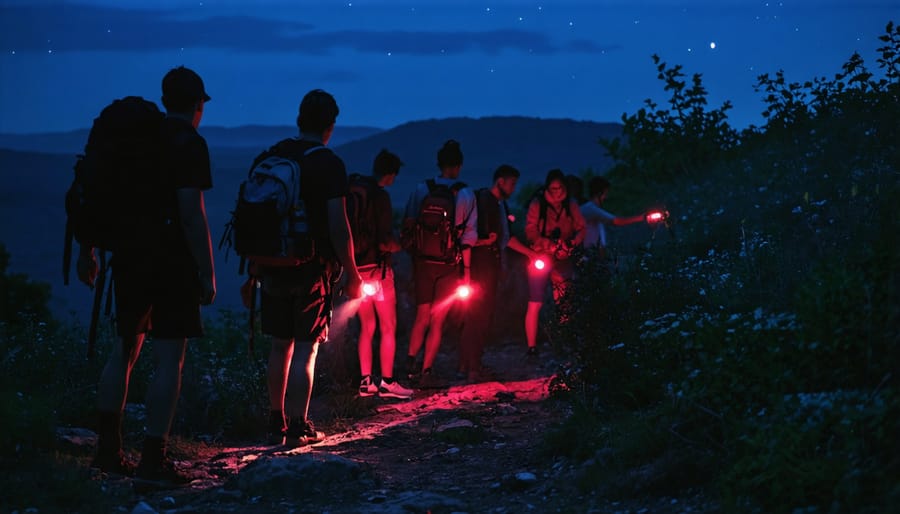
Star-Gazing and Wildlife Watching
Experience the magic of Ontario’s wilderness after dark through unique programs that combine stargazing in Ontario’s parks with wildlife watching. As the sun sets and stars begin to twinkle, you’ll discover a completely different side of our provincial parks, where nocturnal creatures emerge and constellations paint stories across the sky.
Join expert naturalists and astronomers who guide you through the wonders of both terrestrial and celestial observations. Watch for owls gliding silently overhead while learning about the mythology behind the constellations. You might spot deer grazing in moonlit meadows or hear wolves howling in the distance as you peer through telescopes at distant galaxies.
Popular programs include the “Night Sky Safari” at Killarney Provincial Park and “Stars and Sprites” at Algonquin, where you can use night-vision equipment to observe nocturnal animals while taking breaks to marvel at meteor showers and identify planets. These programs run primarily during summer months, though some parks offer special winter editions for viewing the Northern Lights.
Pro tip: Book these programs well in advance as they fill up quickly, especially during peak meteor shower events. Bring warm layers even in summer – temperatures can drop significantly after sunset. Many parks also offer special photography workshops combining astrophotography with nighttime wildlife shots, perfect for capturing unforgettable memories of your nocturnal adventure.
Conservation in Action
Get involved in hands-on conservation efforts across Ontario’s national parks! Join dedicated park naturalists for citizen science projects like butterfly counts, bird surveys, and invasive species removal. During summer months, participate in the popular “Plant a Tree” program at Bruce Peninsula National Park, where you can contribute to forest restoration while learning about native species.
At Point Pelee National Park, volunteers can assist with beach cleanups and habitat restoration projects for endangered species like the Fowler’s toad. The “Turtle Watch” program lets visitors help monitor and protect nesting sites during the critical spring breeding season.
Georgian Bay Islands National Park offers unique opportunities to participate in water quality monitoring and shoreline preservation initiatives. Bring the whole family to “Junior Naturalist” workshops, where kids learn about ecosystem protection while having fun outdoors.
For tech-savvy nature enthusiasts, download the iNaturalist app to contribute to biodiversity monitoring across all Ontario parks. Your photos and observations help scientists track species distribution and population changes.
Many conservation activities are free with park admission, though some specialized programs require advance registration. Check with individual park visitor centers for seasonal schedules and signup details. Remember to dress appropriately and bring water, as most activities involve outdoor work in various weather conditions.
By participating in these programs, you’re not just learning about nature – you’re actively helping preserve Ontario’s incredible wilderness for future generations.
Essential Tips for Night Wildlife Viewing
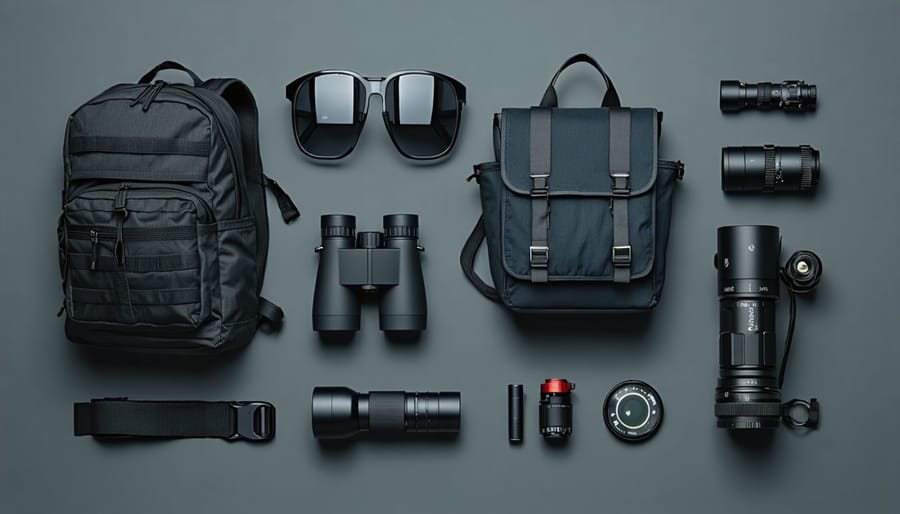
What to Bring and Wear
When exploring Ontario’s national parks after dark, proper preparation is essential for both comfort and safety. Start with a reliable headlamp or flashlight (plus backup batteries) to navigate trails and set up equipment. For those interested in nighttime wildlife photography, bring a sturdy tripod and camera with manual settings.
Layer your clothing according to the season – Ontario nights can be chilly even in summer. Pack a warm, waterproof jacket, long pants, and closed-toe hiking boots with good grip. During warmer months, include insect repellent and wear light-colored clothing to spot ticks easily. In cooler seasons, don’t forget thermal underlayers, warm socks, gloves, and a beanie.
Essential items for any nighttime park visit include:
– Water bottle and light snacks
– Basic first aid kit
– Trail map and compass
– Emergency whistle
– Red-light filter for your flashlight (helps preserve night vision)
– Binoculars for stargazing
– Small backpack to carry everything
Pro tip: Pack a camping chair or foam pad for comfortable wildlife watching and stargazing sessions. Remember to bring reusable containers and bags to follow Leave No Trace principles and keep our parks pristine for future visitors.
Wildlife Viewing Etiquette
Observing wildlife in Ontario’s national parks at night requires respect and patience. Keep your distance – a good rule of thumb is to stay at least 100 meters away from large animals and 30 meters from smaller ones. Use red-filtered flashlights instead of bright white lights, as these are less disruptive to nocturnal creatures and help preserve your own night vision.
Stay quiet and move slowly to avoid startling the animals. Whisper if you need to communicate, and avoid sudden movements that might frighten them away. Never feed wildlife or leave food unattended, as this can alter their natural behaviors and create dangerous dependencies.
If you’re driving through the park at night, maintain reduced speeds and stay alert for animals crossing the road. Keep your high beams on when possible, but dim them immediately when encountering other vehicles or wildlife.
Remember to dress in dark, non-reflective clothing to blend in with your surroundings. Avoid wearing perfumes or strong-scented products that might attract or disturb animals. Always stay on designated trails and viewing areas – wandering off-path can damage sensitive habitats and put you at risk.
For the best experience, join a guided night walk led by park naturalists. They’ll help you spot wildlife safely while sharing fascinating insights about nocturnal animal behaviors and the park’s ecosystem.
Making Your Reservation
Program Schedule and Availability
Most Ontario national parks operate from mid-May through mid-October, with peak season running from late June to early September. Popular parks like Bruce Peninsula and Point Pelee offer extended hours during summer months, staying open from 7 AM until sunset. Winter activities are available in select parks, including Pukaskwa and Georgian Bay Islands, though services are limited.
Interpretive programs typically run daily during peak season, with multiple sessions throughout the day. Morning programs often focus on wildlife watching and hiking, while evening programs feature campfire talks and stargazing activities. Special events, like the Dark Sky Nights at Bruce Peninsula or the Monarch Butterfly Festival at Point Pelee, operate on specific dates that vary annually.
Advance booking is highly recommended for all guided programs, especially during weekends and holidays. Many parks offer online reservation systems that open three months before the program date. Some specialized programs, like the popular Thursday evening owl prowls, require booking up to six months in advance.
Remember that program availability can vary based on weather conditions and seasonal wildlife patterns, so it’s best to check the park’s official website or contact the visitor center for the most up-to-date schedule.
Booking Your Night Adventure
Ready to experience the magic of Ontario’s parks after dark? Booking your night adventure is straightforward and can be done up to five months in advance. Start by visiting the Ontario Parks Reservation System website and selecting your preferred park location. Look for the “Discovery Programs” or “Special Events” section to find available nighttime activities.
For guided night hikes and astronomy programs, reservations typically open at 7:00 AM EST on the first day of each month. We recommend booking early as these popular programs fill up quickly, especially during peak summer months and meteor shower events.
Pro tip: Create an account before your intended booking date to save time and store your information. Most programs require a small fee (ranging from $10-30 per person) in addition to your park entry permit.
For group bookings of 10 or more, contact the park directly at least two weeks in advance. Some parks also offer special seasonal programs, like winter owl prowls or summer moth nights, which may have different booking procedures.
Don’t forget to check the cancellation policy and weather contingency plans when making your reservation. Many parks offer rain dates or alternative indoor programs if conditions aren’t suitable for outdoor activities.
As the sun sets over Ontario’s national parks, a whole new world awakens, offering visitors a unique window into the delicate balance of our natural ecosystems. These nighttime wildlife experiences aren’t just thrilling adventures; they’re vital connections that foster a deeper understanding of conservation needs in our protected spaces.
By participating in evening wildlife programs, you become part of a larger movement to protect and preserve these precious habitats. Each guided walk, each owl calling session, and every starlit encounter with nocturnal creatures helps build awareness about the importance of maintaining dark sky preserves and protecting wildlife corridors.
The memories created during these nighttime excursions often become powerful motivators for conservation action. Whether it’s watching a beaver family prepare their lodge in the twilight hours or hearing the haunting call of a great horned owl, these experiences create lasting impressions that inspire visitors to become stewards of our natural heritage.
For Ontario residents and visitors alike, our national parks offer an irreplaceable opportunity to witness the magic of nature after dark. As we continue to face environmental challenges, these nocturnal encounters remind us of what we stand to lose – and what we must fight to protect. By supporting nighttime wildlife programs, we’re not just creating unforgettable experiences; we’re investing in the future of our wild spaces and the creatures that call them home.
Remember, every visit to our national parks contributes to their preservation, ensuring that future generations can also experience the wonder of Ontario’s nighttime wilderness.


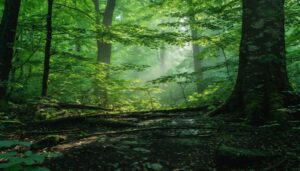
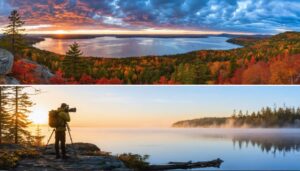



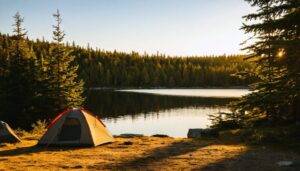

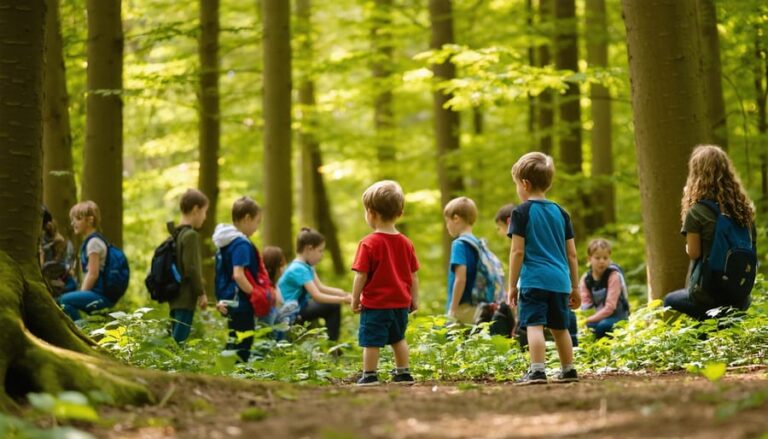
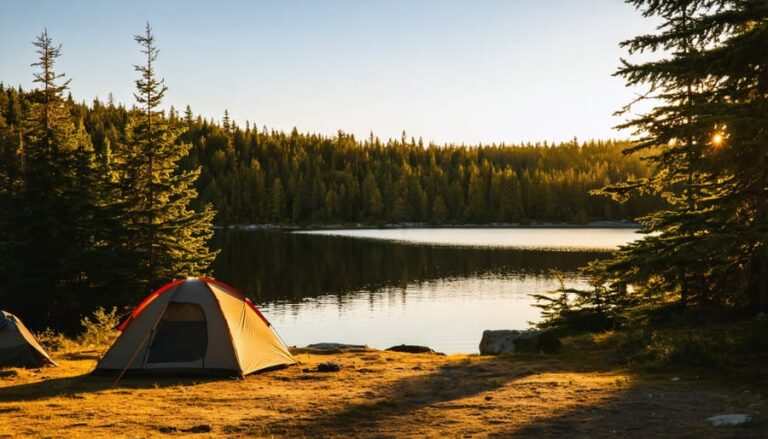
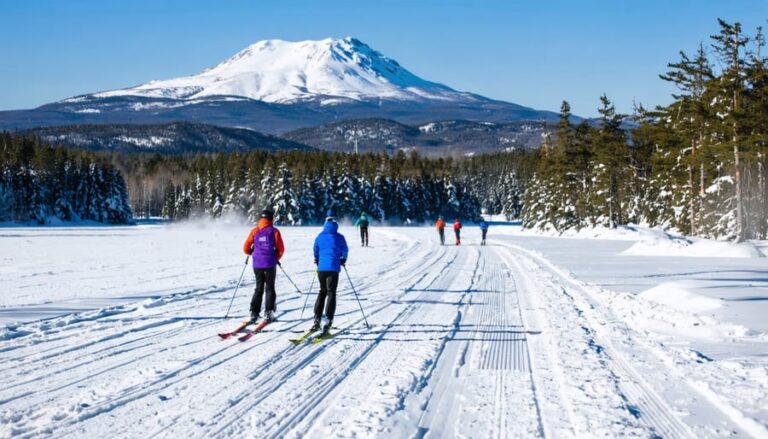

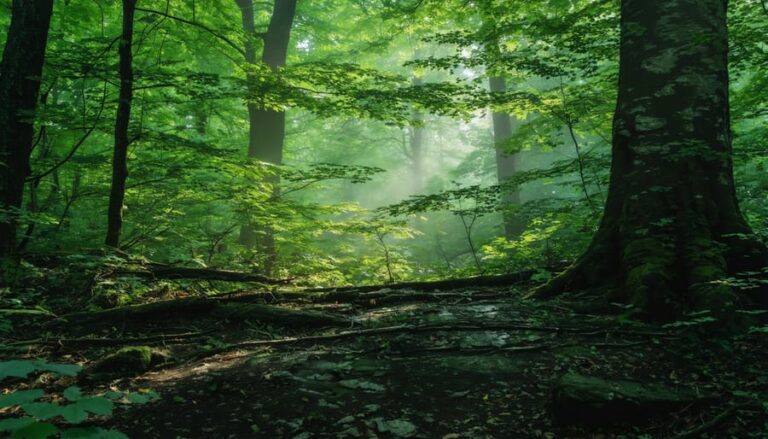
+ There are no comments
Add yours